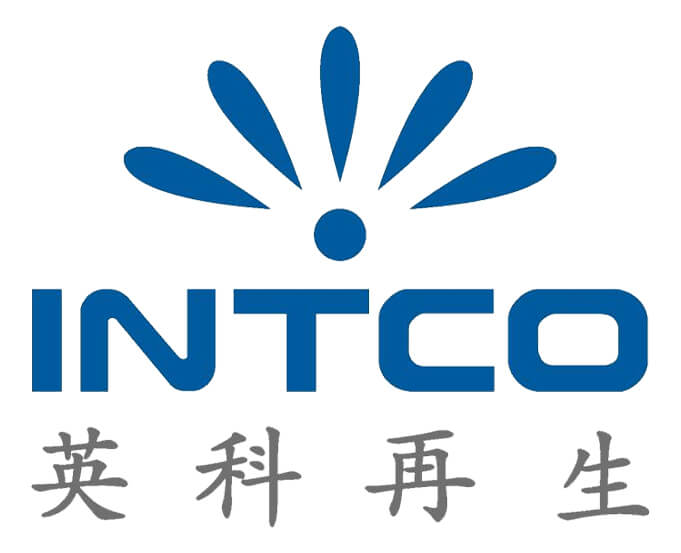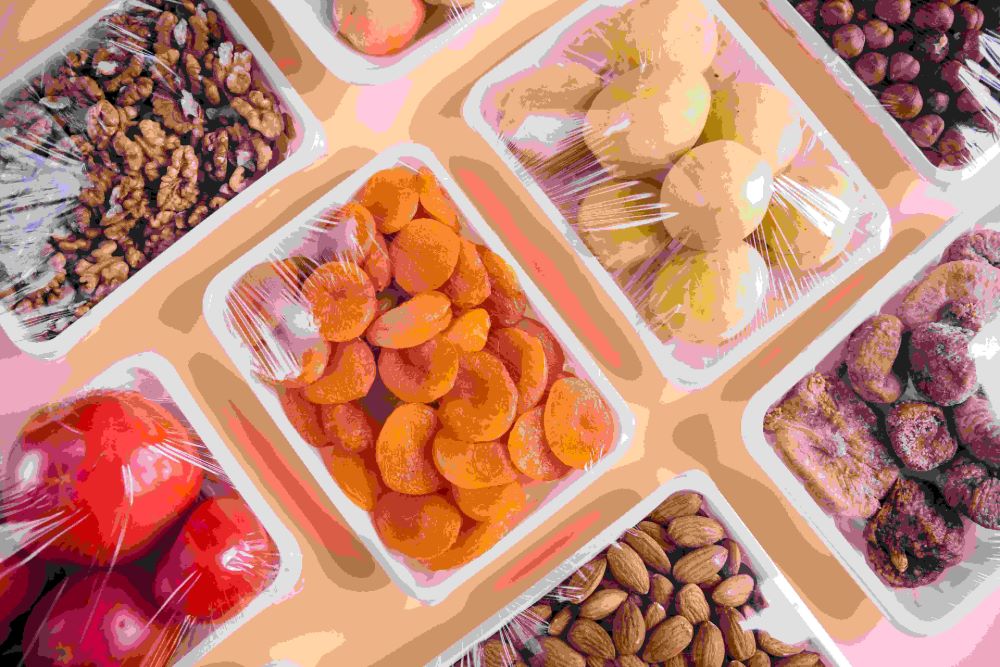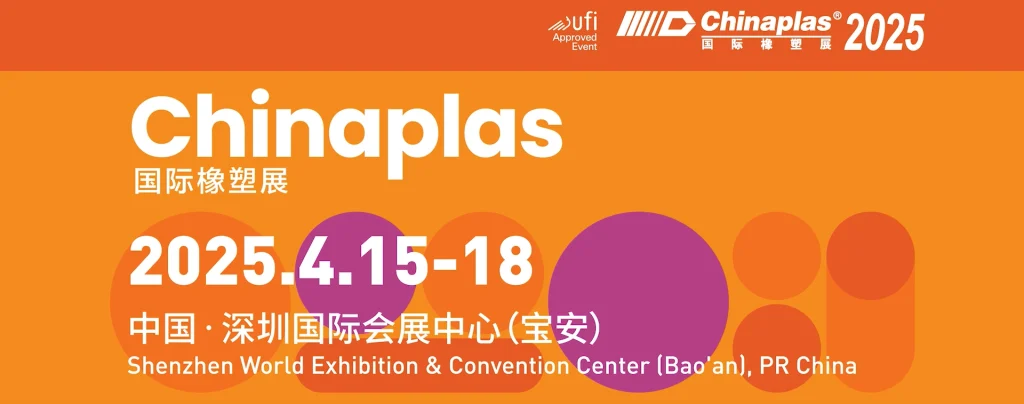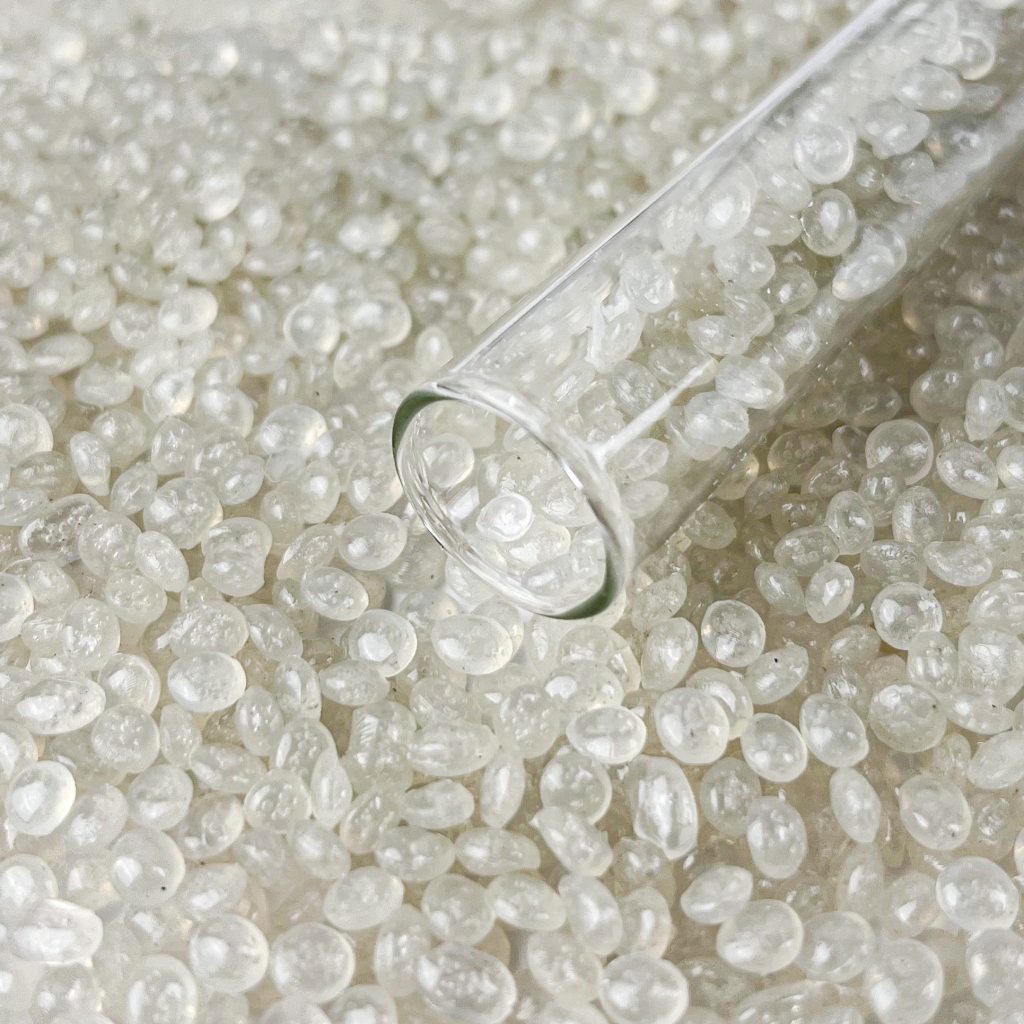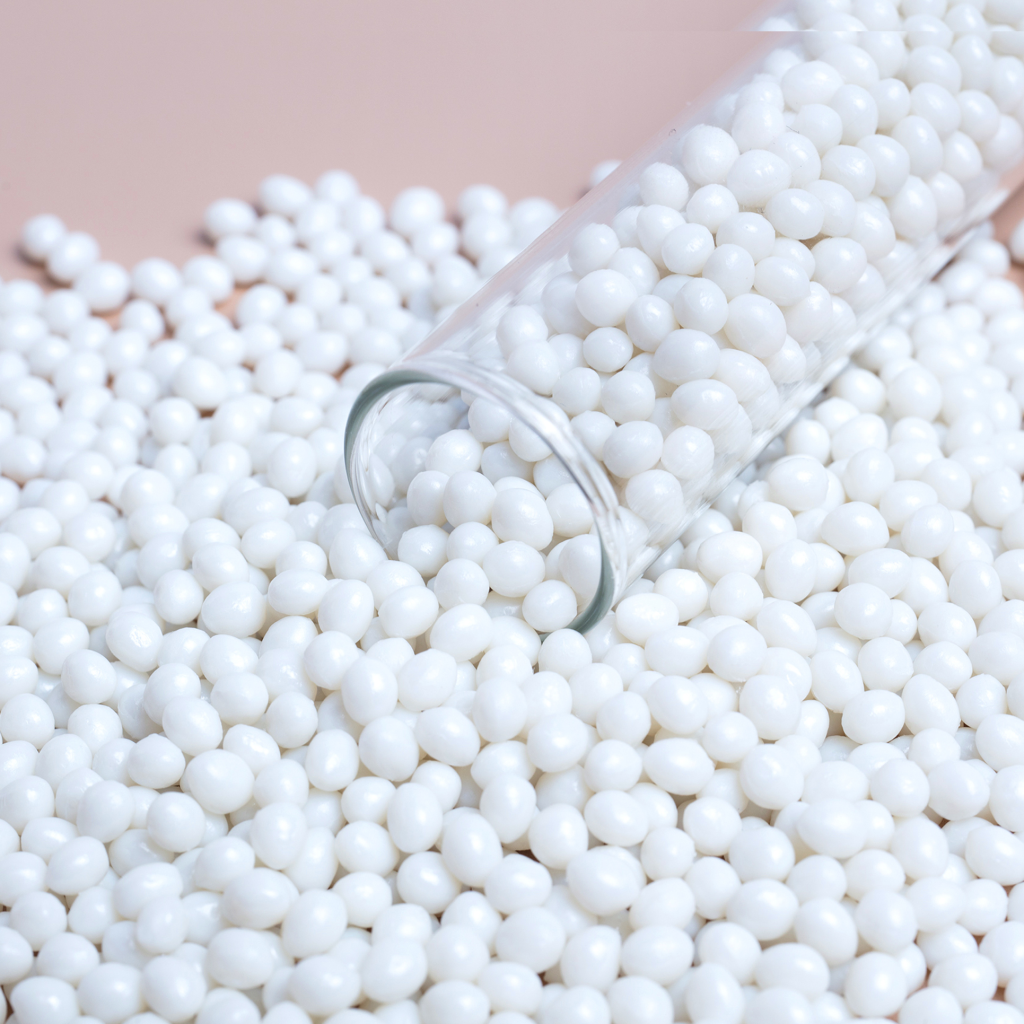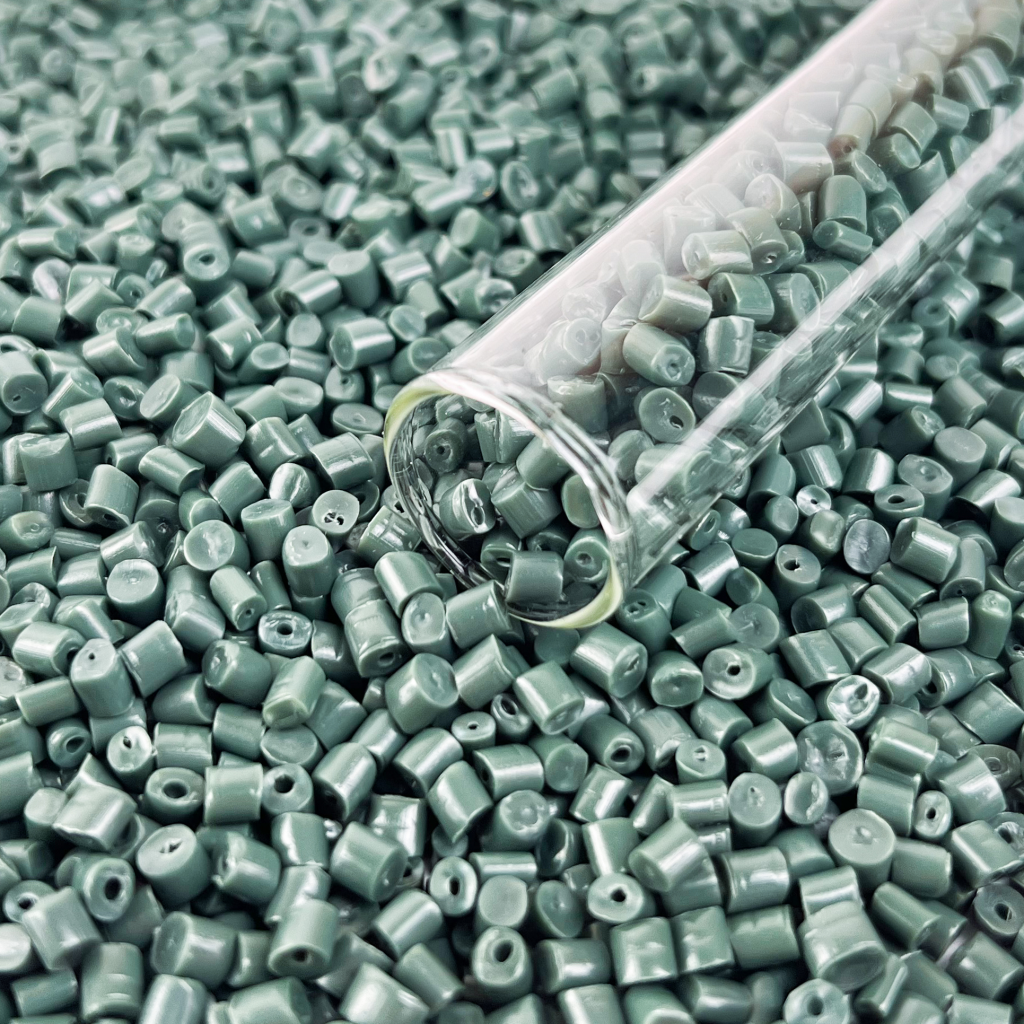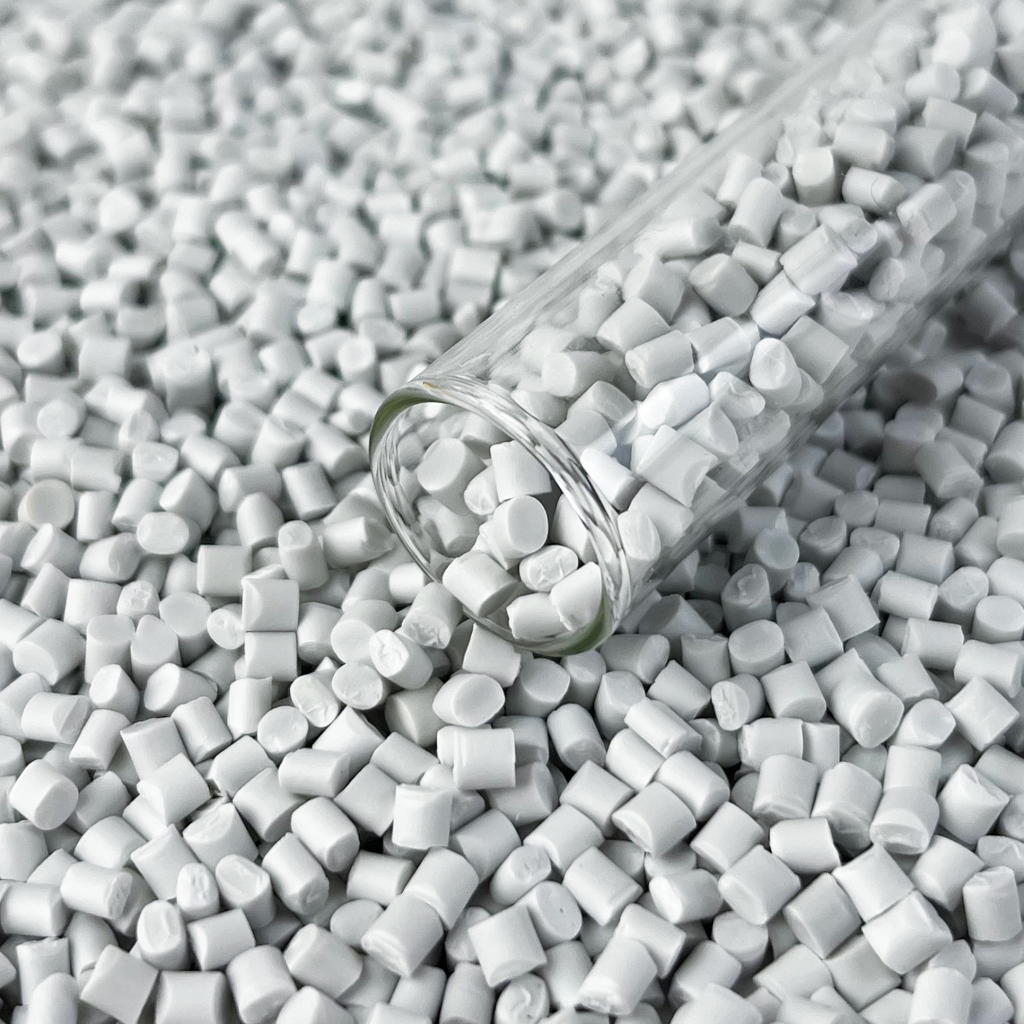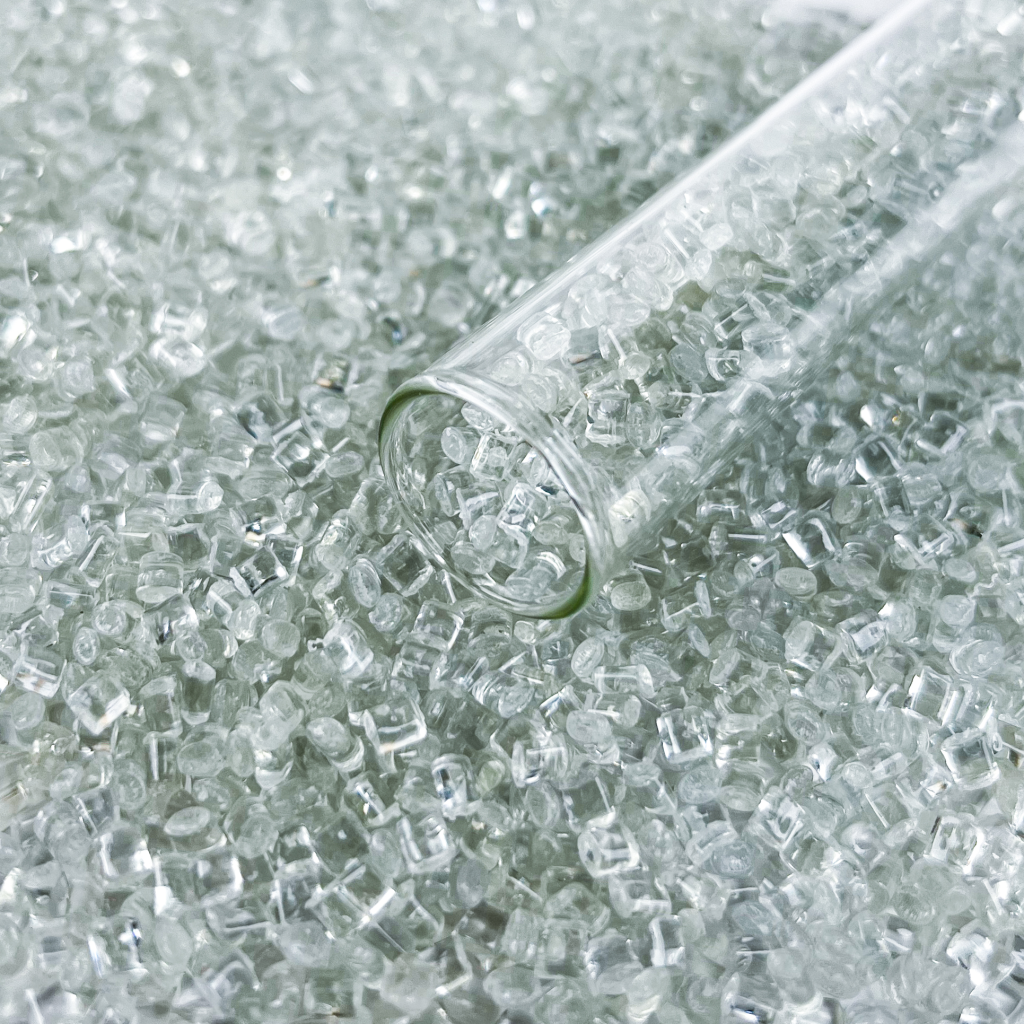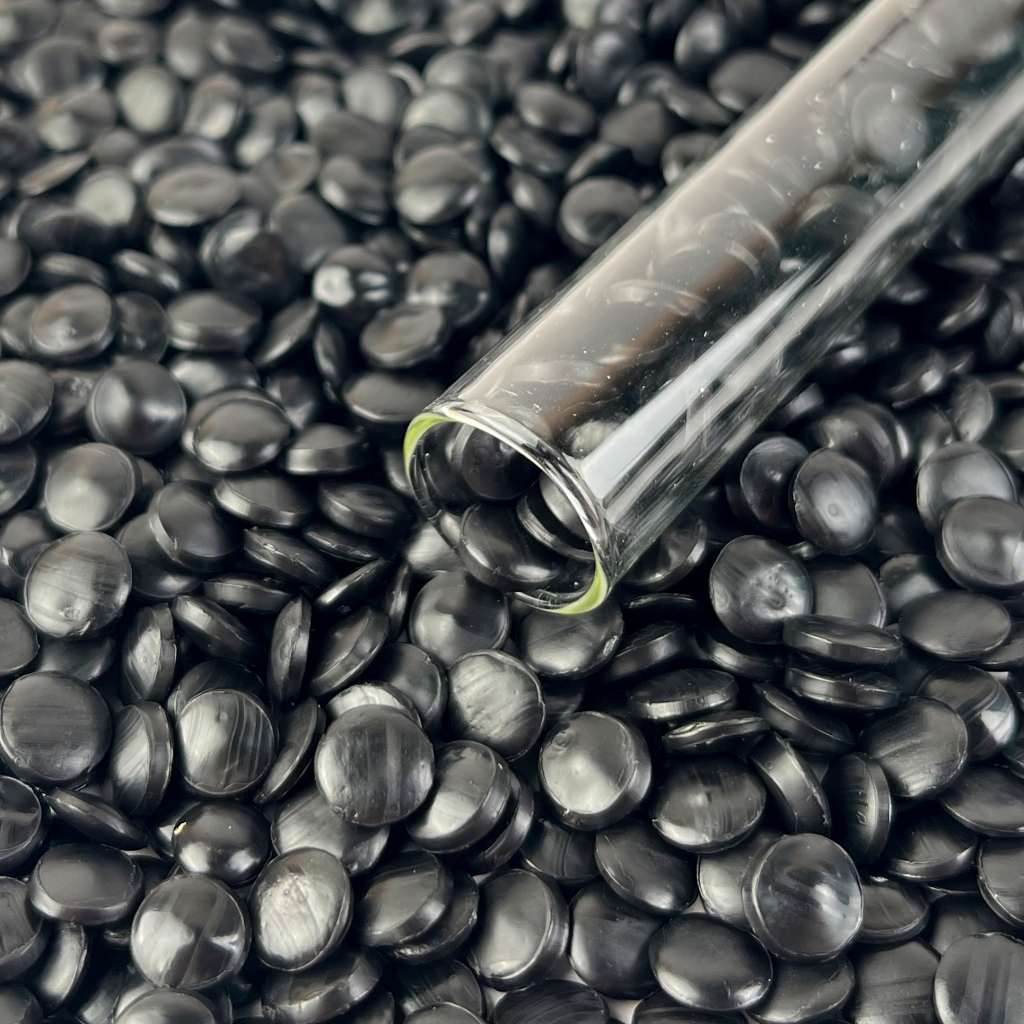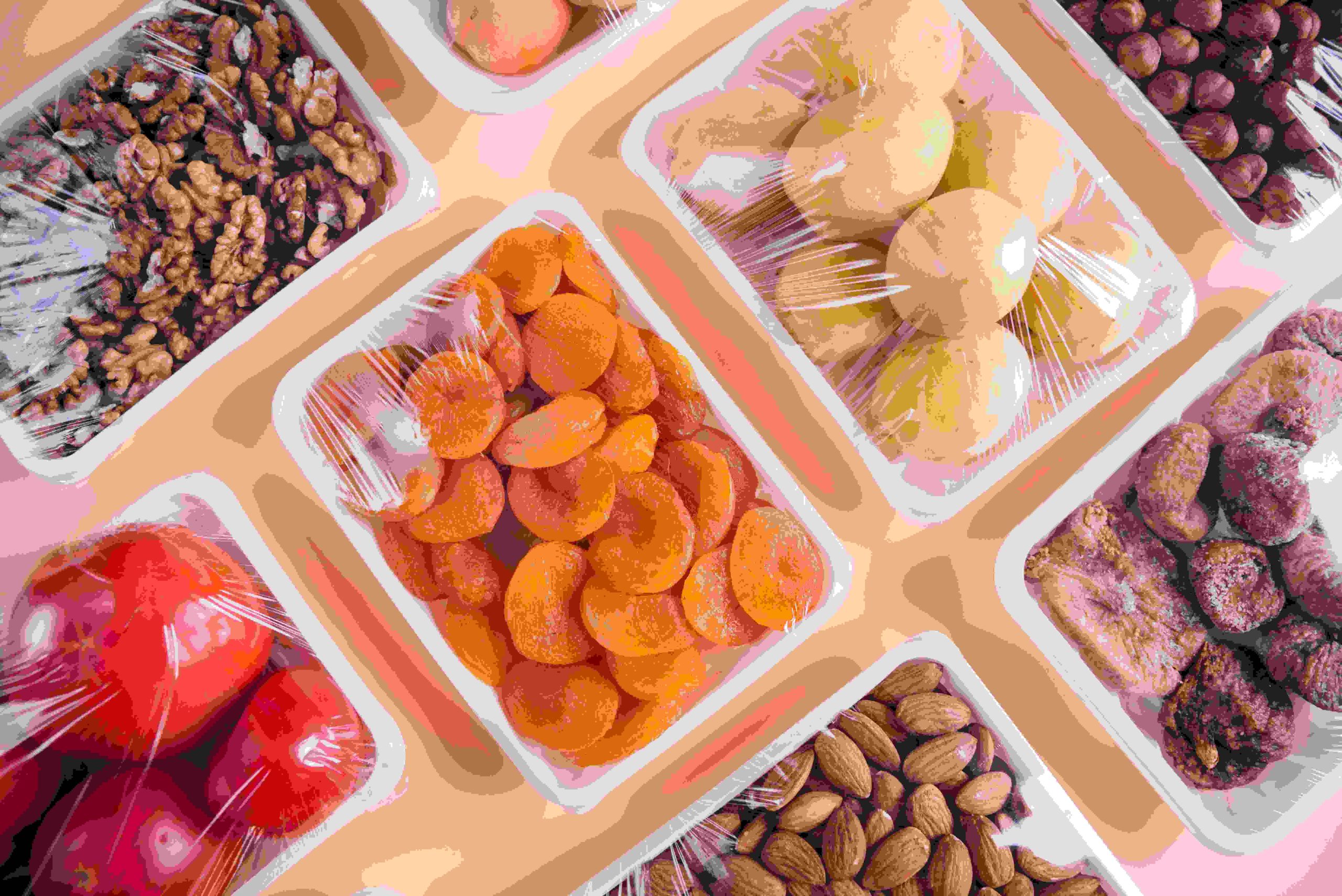
Eco-friendliness isn’t just a catchphrase. It’s a wave transforming how worldwide companies work. Firms like Nestlé lead this shift. They adopt Food Grade rPET Plastic to connect with green-minded shoppers and strict rules. This article explores how food-grade rPET transforms wrapping solutions. It explains why it’s a vital innovation. It also shows how partnering with a dependable supplier like INTCO Plastics helps firms reach eco-goals.
The Rise of Sustainable Packaging in Global Brands
The move to eco-friendly wrapping isn’t optional anymore. It’s a must. Policies and buyer expectations drive this change.
Regulatory Shifts Driving Adoption of Recycled Plastics
Governments globally tackle plastic refuse. The EU Plastic Tax began in 2021. It charges fees on non-recycled plastic wrapping. This pushes firms to use reclaimed materials like food-grade rPET pellets. Similarly, Extended Producer Responsibility (EPR) programs exist in Europe, North America, and Asia. They make firms responsible for their wrapping’s lifecycle. These programs encourage recycled content. Such rules aren’t just barriers. They spark creativity. They urge firms to rethink wrapping with materials like rPET. This reduces ecological harm.
Consumer Demand for Circular Economy Practices
Today’s buyers are green-savvy. A 2023 NielsenIQ survey showed something clear. About 73% of global shoppers want to cut environmental damage. They’ll change buying habits to do so. Firms using green materials like rPET gain loyalty. Kantar studies say eco-minded groups show 20% more devotion to these firms. Shoppers seek circular economy ideals. In this system, refuse becomes an asset. Food-grade rPET comes from reused PET bottles. It turns used waste into safe, top-notch wrapping. This reflects what buyers value.
Case Study: Nestlé’s Transition to Food Grade rPET
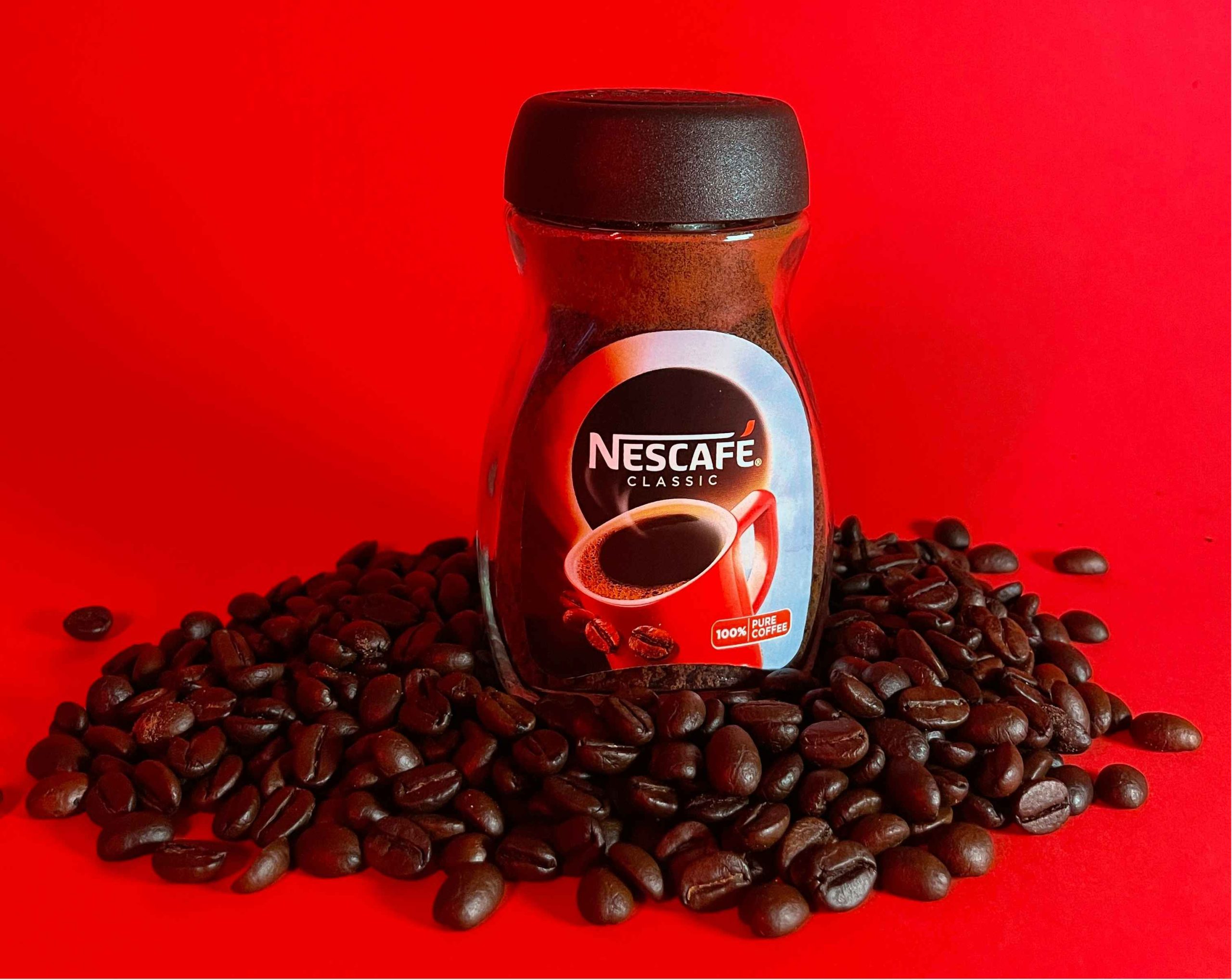
Nestlé leads in food and drink globally. It’s a great example. The firm uses food-grade rPET to hit eco-targets.
Nestlé’s Sustainability Goals and rPET Implementation
Nestlé sets bold goals. It aims for 50% recycled content in wrapping by 2025. It also wants 100% recyclable or reusable wrapping by 2030. Its water labels, like Perrier and San Pellegrino, use bottles with up to 50% rPET. These include thermoforming products for food-safe purposes. Nestlé cuts reliance on new plastics with rPET. Yet, it keeps the clarity and strength buyers expect.
Challenges in Sourcing High-Quality Food Grade rPET
Getting food-grade rPET has obstacles. The material needs strict safety rules. It requires 99.9% purity to avoid impurities. Supply chains face issues. Recycling facilities are limited. Raw material supply varies. These factors complicate sourcing. Nestlé solves this. It works with certified suppliers. They ensure traceability. They also meet global standards.
Results: Reduced Carbon Footprint and Brand Reputation Boost
Nestlé’s rPET use brings strong results. By 2023, it cut emissions. The shift to rPET saved 200,000 metric tons of CO2 yearly. This equals removing 45,000 cars from roads. Public views improved too. A 2024 Edelman survey found something key. About 65% of polled buyers see Nestlé as an eco-leader. This win is twofold. It helps the planet. It boosts reputation. It proves rPET is a smart choice.
Why Food Grade rPET Plastic is a Game-Changer
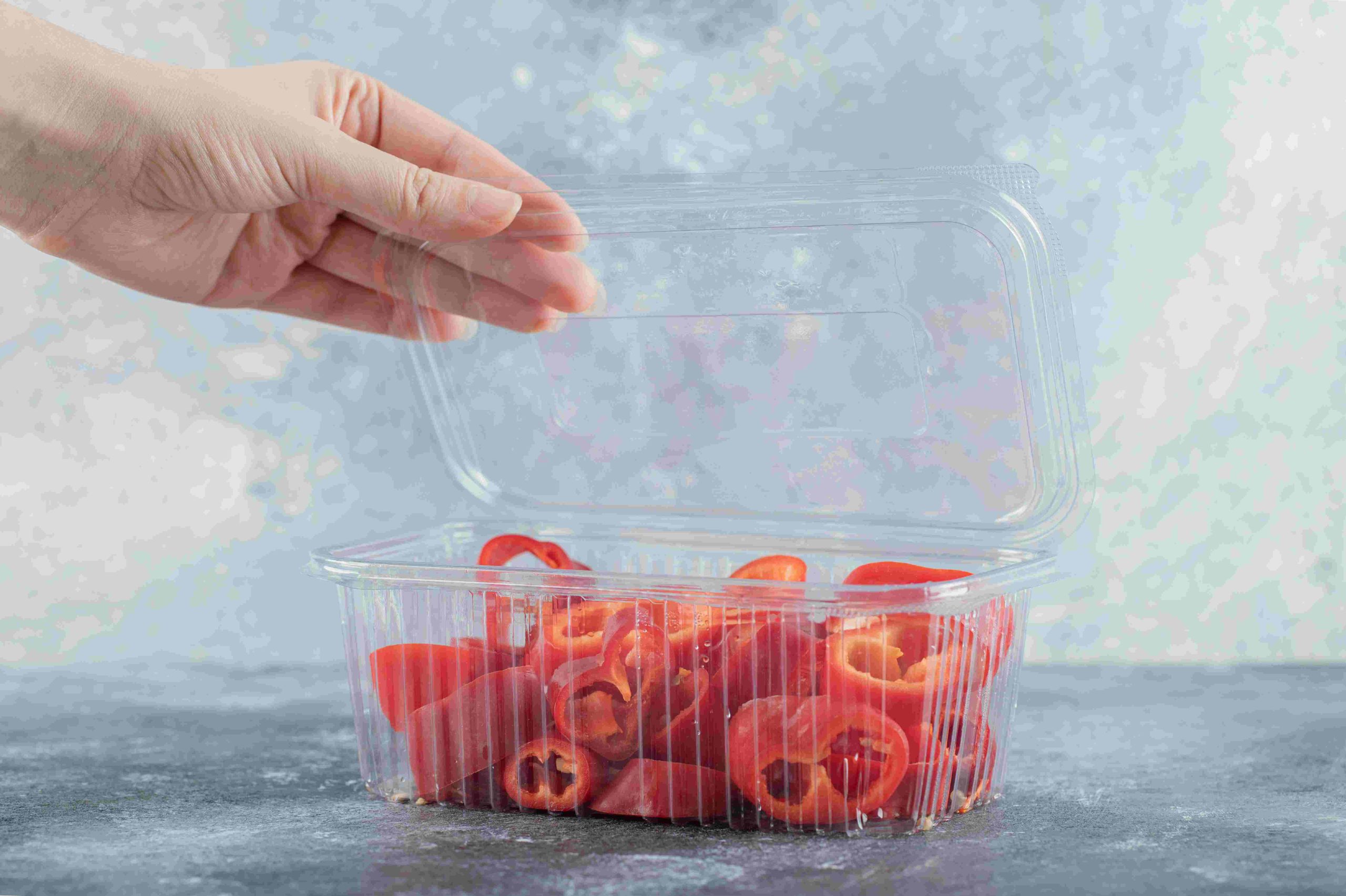
Food-grade rPET isn’t only green. It’s a top-performing substance. It reshapes wrapping solutions.
Technical Advantages of Food Grade rPET
| Property | Benefit |
| Durability | Handles transport and storage strain. It’s great for bottles and containers. |
| Clarity | Equals virgin PET’s lucidity. It suits premium branding well. |
| Compatibility | Blends smoothly with current PET production lines. |
rPET’s flexibility shines. It works for items like food-grade recycled PET sheets. These are used in trays and receptacles.
Safety Certifications and Compliance
Safety is critical for food-grade rPET. It must meet standards. Here are key ones:
- FDA (U.S.): Confirms no toxic substances reach food.
- EFSA (EU): Approves rPET for food contact. It uses thorough tests.
- GRS (Global): Verifies recycled content and traceability.
These approvals ensure safety. For example, rPET 601 meets top benchmarks.
Cost-Effectiveness vs. Virgin Plastic Alternatives
Virgin PET has steady pricing. But rPET saves money over time. Recycling PET uses 50% less energy than making new plastic. This cuts costs. Firms also get tax perks. They avoid fees like the EU Plastic Tax. The payoff is clear. Green wrapping boosts profits. It also aids the planet.
Choosing the Right Food Grade rPET Supplier
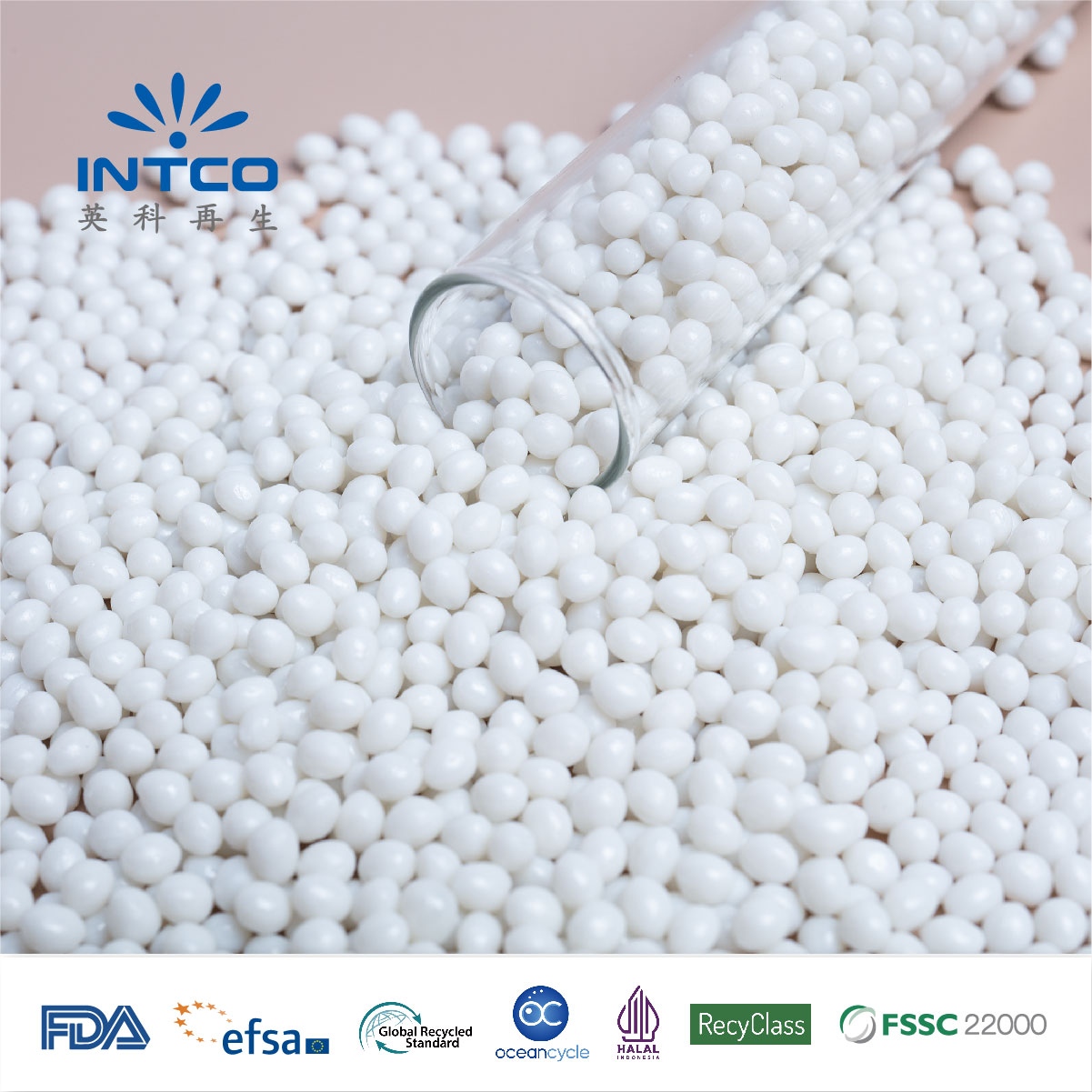
Not all rPET is the same. A trustworthy supplier matters. It ensures quality and dependability.
Key Criteria for Reliable rPET Pellets
Choose a supplier wisely. Focus on these:
- Consistency: Even pellet size and quality. This aids smooth production.
- Traceability: Clear view from raw material to final item.
- Certifications: FDA, EFSA, and GRS approval for global markets.
How INTCO Plastics Supports Global Brands
INTCO Plastics excels as a partner. It offers food-grade rPET suited to firm needs. It uses advanced recycling methods. INTCO turns used PET into pure pellets and sheets. This helps firms meet eco-goals.
Case Examples: Brands Partnering with INTCO
INTCO teams up with food and drink giants. It supplies rPET for bottles, trays, and wrapping. These partnerships cut virgin plastic use. On average, firms reduce it by 30%. They strengthen green credentials. Quality stays high.
About INTCO Plastics: Your Food Grade rPET Partner
INTCO Plastics leads globally. It focuses on high-tech recycled plastic production. Its base is in Zibo, Shandong. It has sites in Shanghai, Anhui, Jiangsu, Malaysia, and Vietnam. INTCO’s mission is clear. It drives green progress with innovative recycling. Each year, it reuses 50,000 tons of PET bottles into food-grade rPET. This saves 450,000 tons of crude oil. It also cuts 300,000 tons of carbon emissions.
Commitment to Quality and Sustainability
INTCO holds key certifications. These include FDA, EFSA, GRS, and HALAL. They ensure rPET products meet global safety and green standards. INTCO uses advanced sorting and processing. This guarantees pure pellets. They’re ideal for food-grade uses.
Custom Solutions for Diverse Brand Needs
Need rPET pellets for bottles? Or sheets for molded trays? INTCO has tailored options. Its global supply network shines. Its R&D skills ensure products fit firm needs. This covers clarity and strength.
FAQs About Food Grade rPET Plastic
Q1. What is Food Grade rPET Plastic?
A1. Food-grade rPET is polyethylene terephthalate. It comes from reused post-consumer bottles. It’s processed to meet strict safety rules for food contact.
Q2. Is Food Grade rPET Safe for Food Packaging?
A2. Yes, it’s safe. Bodies like the FDA and EFSA certify it. Purity levels prevent impurities. This protects food quality.
Q3. How Does rPET Compare to Virgin PET in Cost?
A3. rPET may cost more upfront. Recycling processes cause this. But energy savings help. Tax perks also make it cost-competitive over time.
Q4. Can Existing Manufacturing Lines Use Food Grade rPET?
A4. Absolutely. rPET works with current PET equipment. This cuts transition costs. It makes the switch easy for producers.
Ready to Embrace Food Grade rPET? Partner with INTCO
Eco-friendliness shapes the future. Food-grade rPET is your path to greener wrapping. Partner with INTCO Plastics. You get high-quality, certified rPET. Global expertise backs it. Want to shrink your carbon footprint? Ready to boost your firm’s green appeal? Contact INTCO today. Explore custom solutions. They align with your eco-goals.
